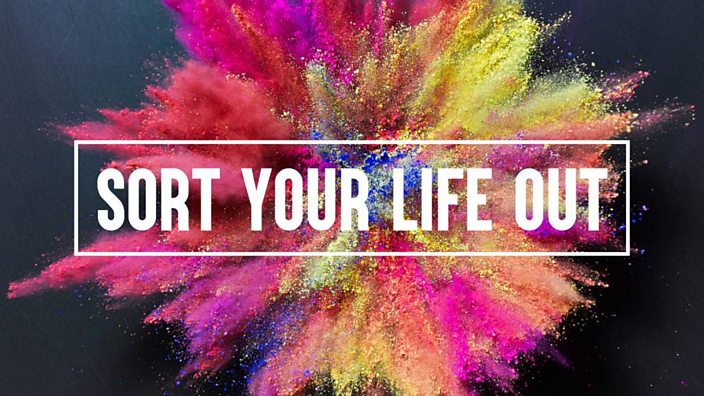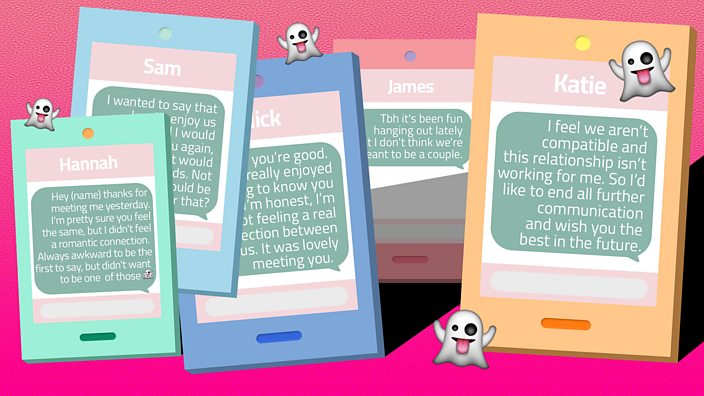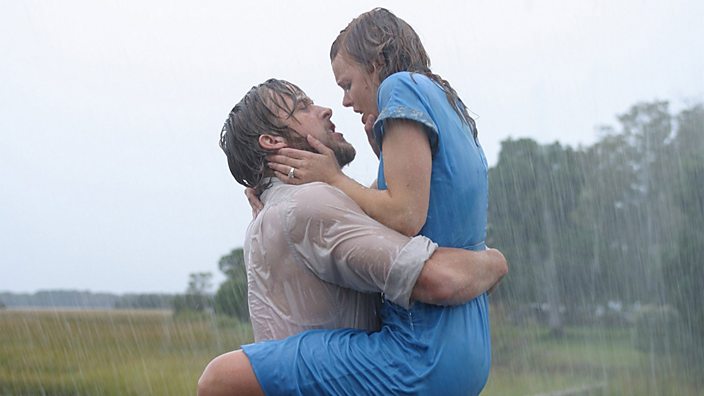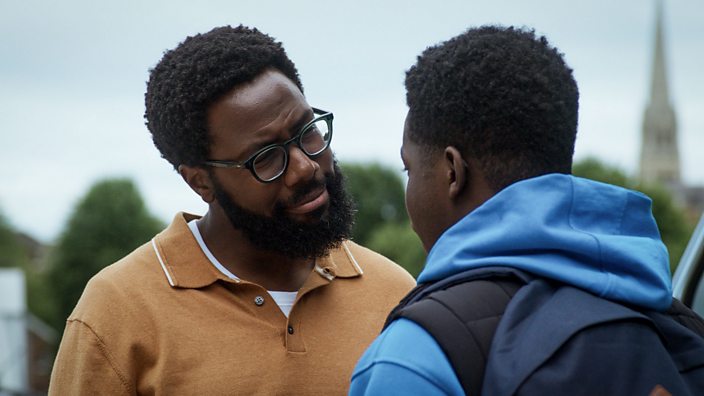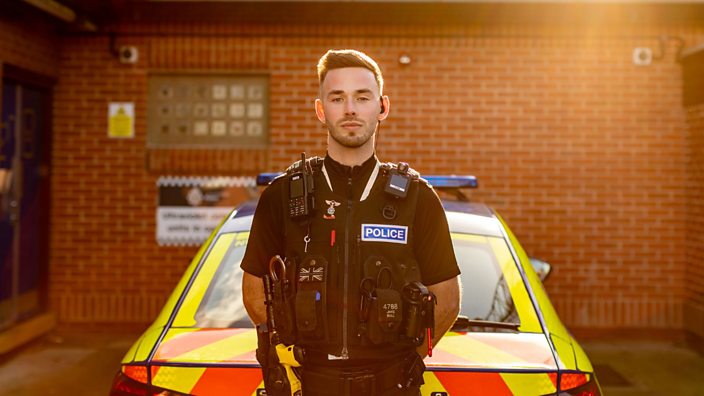Whether you’re a student, an accountant or a professional buffoon, the fact that ‘creativity’ isn’t necessarily the top line of your day-job description doesn’t make it any less important.
It filters into so many aspects of our lives, from decorating our houses, to buying inventive presents, to making excuses for your dad jokes; it’s about ‘thinking outside of the box’ (although that’s now such a cliché, that maybe it’s best to ignore any form of box. In fact, yes, replace the box with a blancmange. Think outside of that).
I’m a creative person. I can say that pretty confidently. I'm regularly thinking outside of the blancmange. I’ve been a Creative Director for several years. I’ve created movies, TV series, shorts, games, adverts, and posters. I’ve even worked in teams called ‘Creative’, where people will say “run it by Creative”, “this is Creative’s job” and “why are Creative asleep?”
In some offices, ‘Creative’ is a real place, though hard to believe. Like Andorra. Yet being creative is one of those skills that most people will go around telling you can’t be taught. “You’ve either got it or you haven’t,” they’ll say. Like a singing voice. Or herpes.
So many things we convince ourselves of fall into this camp, and even though we could quite easily take some lessons or watch a YouTube video on the subject, we just settle on these shortcomings as ‘a thing’.
We’ll regularly tell other people “I’m rubbish with figures”, “I can’t draw”, “I can’t read maps”, “I’m rubbish at looking for things” (that last one is mine. It’s debilitating.) “I’m not creative” is definitely on that list. Yes, undoubtedly some people are just born naturally creative, like Mozart, or Colonel Sanders. But for the vast majority of us, creativity can be learned. There’s a technique to it that makes everything easier when you know how, like golf, cooking, plumbing, yoga, divorce, sex tapes etc.
 Getty Images
Getty Images
So, here’s my magnificent seven of key creative tekkers.
1) Identify the Problem
Being creative is very rarely just about sitting down and thinking of a good idea. Nearly every good idea, ever, from the wheel to Facebook, to those jackets where the hood rolls up and disappears into the collar, are all a product of a problem that was identified. So to kick off being more creative, figure out exactly what problem you’re trying to solve. Sir Jony Ive, Apple’s Chief Design Officer, says that he refuses to do something just to be different, and that every design begins with the reason.
2) Refine the Brief
Create a brief for yourself, then refine it. If you’re decorating a flat, creating a TV programme, branding a cereal box, or writing an article about how to be more creative… ask loads of questions. Most importantly ‘what are we trying to do?’ and ‘why are we trying to do it?’
Write an initial aim, then list all the reasons why. Take your time over it. Then use those answers to rewrite the brief with more detail when you know more about what you’re trying to solve. Suddenly the aim, ‘to write an article about how to be more creative’, becomes ‘to create a memorable list of techniques, for busy and curious readers, to solve any creative problem that can be applied effectively in everyday life’. Once you know exactly what you’re trying to do and why, that immediately narrows the odds of finding the creative solution. Don’t try to boil the ocean. Take the specific bit you want, and boil that. (This is a metaphor. Ideally don’t waste your time boiling any amount of ocean.)
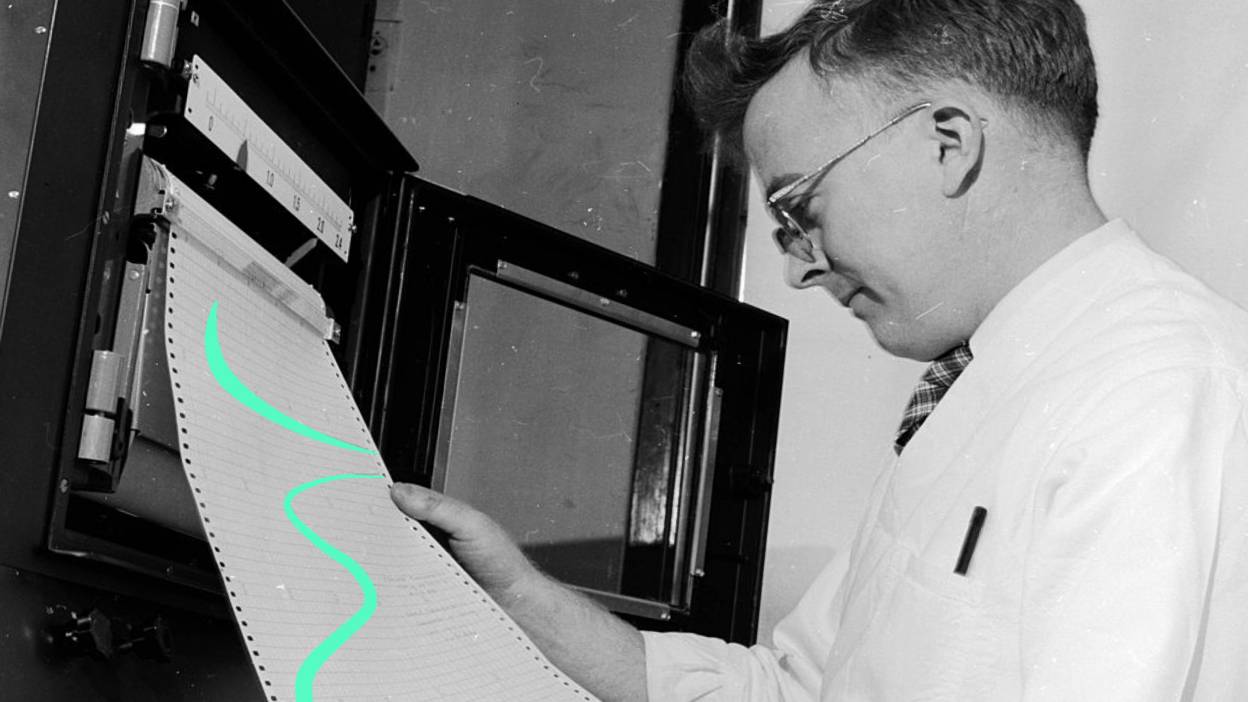 Getty Images
Getty Images
3) Consume Everything
Devour creativity, of any kind, around the clock. One key way to be more creative is to have a head full of other people’s creative work to draw on. This can be literally anything. But don’t just look at it. Consume! Museums, cinema, galleries, Ted talks, magazine articles, ads, shop signs, billboards, friend’s living rooms, restaurant menus, fun haircuts, lighting in bars, amusing dog names, hotel foyers, old people’s formal dress sense, the list is honestly endless.
Get your mind swimming with ways that other people have been creative before you start. I’ve seen fashion collections equally inspired by the 1950s, as have been inspired by snowflakes. Anything can inspire an idea, and the more you know of what’s come before, the more you have to reference. Architect and living legend Frank Gehry, the man responsible for creating astonishing buildings all over the world like the Guggenheim in Bilbao, claims that his use of corrugated steel, chain link fencing, unpainted plywood and other everyday materials was partly inspired by spending Saturday mornings at his grandfather's hardware store as a child. For me, I often start a brainstorm by showing 'Creatives' loads of others people’s relevant work. We call it ‘stimulus’. It’s sort of ‘stealing’ but in a nice way. Doing an ‘homage’ is also stealing, but in French.
4) Tear it Down to Build it Up
To build a creative idea, start by taking a good one apart. If you can figure out why something is good and why people like it, that’s a formula you can use. What was the creator trying to do when they first sold these ideas to someone? When I see an ad or a TV series I always picture the 'Creative' behind it trying to pitch that concept to the client or TV commissioner. Why did they say yes and sign a big cheque? This is the creative equivalent to ‘showing your workings out’ in a maths exam. In effect, you’re simply figuring out the secret of someone else’s success.
My personal hero, Star Wars: The Force Awakens director and all-round creative genius-man, JJ Abrams, is not a fan of this way of working, however. He claims, “You can always deconstruct, as companies do… this is what they did, and this is why they did it. But they are already starting from a place of artifice, and duplication. As opposed to a place or authenticity.” He’s right, of course, but if you’re short on time, not too proud to shun authenticity and not JJ Abrams, it’s a useful technique.
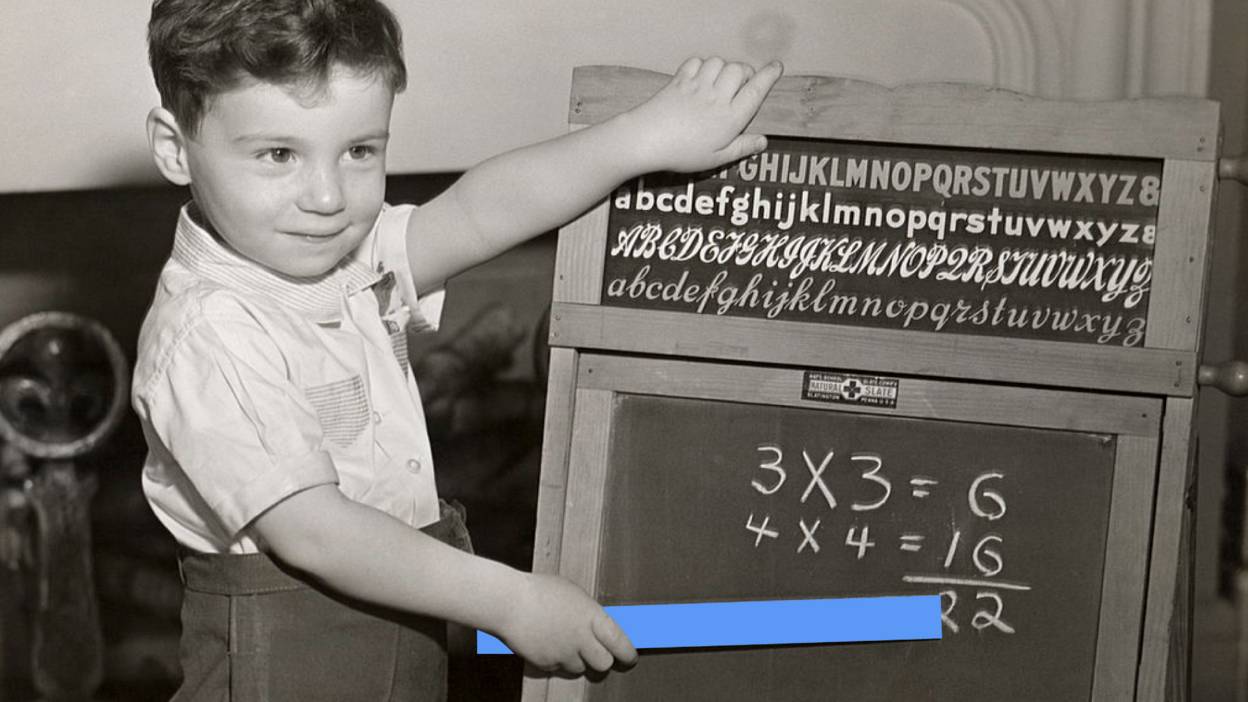 Getty Images
Getty Images
5) Forced Relationships
Most creative problems have been solved before. So how can you create something new when so much has been done? Take two different ways that a problem was solved before, and smash them together. Frozen meets The Hunger Games? is how The Huntsman: Winter’s War was born. Then flopped (I’m not saying this technique works every time).
6) A Big Walk and a Big Soundtrack
Going for a walk, run, ungainly shuffle, whatever, outside will get you some much-needed fresh air and a clearer head. Something happens when you open a blank word document with a blinking cursor, whether you’re in an office or lounge, your brain will drain of all inspiration and you will sit opening and closing your mouth like a professional sea bass.
In fact, you’ll be far more likely to fancy tackling a big clean of your flat, than taking on your creative endeavour. So put your creative problem in the front of your mind and get out. Put some music on - specifically music that doesn’t usually make it onto any of your usual playlists - and let the creative big bang start happening in your tiny mind.
7) Better Together
There’s a reason why ad-agency creatives come in pairs. In addition to being great for an impromptu game of chess, bat and ball, or that weird game of catch with a tennis ball and a Velcro disc, the most important reason is the power of the group collective. Hearing criticism for your ideas will initially make you want to disband your newly formed band due to musical differences, but it is important ultimately, and you’ll more quickly figure out solutions to any flaws your idea may have.
 Getty Images
Getty Images
My career has always relied on me being creative. It’s definitely one of my best skills after being a really good look alike for myself, and having the largest collection of my own wardrobe of anyone on the planet, so I’ll stop sharing right there in case I put myself out of a job.
JJ Abrams says that, “Every active creation is a leap of faith, and the fun of it is that… it may work,” while Elizabeth Gilbert, author of Eat, Pray, Love is adamant that if you “show up for your part of the process” then there’s a chance “a divine cock-eyed genius assigned to your case might decide to let some sort of wonderment be glimpsed for just one moment through your efforts.”
Whatever it is that happens, have confidence in your ideas, always try to think of several more than you think you need to as first ideas are usually a bit predictable, and if you meet someone who is supposedly a ‘Creative’, be aware that they are utterly terrified of being found out that their super-power is entirely subjective. Happy creating.
